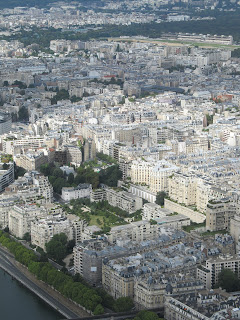It's been over a year since I've written for this blog. I figured it was about time for me to get back at it, especially because I haven't blogged about any of the locations I visited in the summer of 2012. Before long, I will have traveled back to Europe and needing to blog about even newer destinations. This summer's locations are many of the same places I traveled to in 2011, so Greece will be one of the main features of the blog entries from this summer.
In the meantime, I will start with the London Eye, something I experienced in the summer of 2012.
The London Eye is a giant Ferris wheel located on the banks of the River Thames in London, England. The entire structure is 443 feet tall, and the wheel has a diameter of 394 feet. It is the tallest Ferris wheel in Europe, and the most popular paid tourist attraction in the United Kingdom. Over 3.5 million people annually visit the London Eye.











































